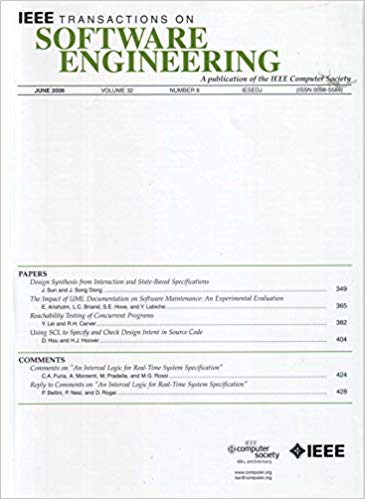transferfuzzy - pro:用于验证传播漏洞的大语言模型驱动代码调试技术
IF 5.6
1区 计算机科学
Q1 COMPUTER SCIENCE, SOFTWARE ENGINEERING
引用次数: 0
摘要
软件开发中的代码重用经常促进漏洞的传播,导致CVE报告中受影响软件的范围不精确。传统方法主要关注于检测目标软件中重用的漏洞代码,但缺乏确认这些漏洞是否可以在新软件环境中触发的能力。在之前的工作中,我们介绍了TransferFuzz框架,通过使用基于历史跟踪的模糊测试来解决这一差距。然而,它的有效性受到人工干预的需要和对源代码工具的依赖的限制。为了克服这些限制,我们提出了transferfuzzy - pro,这是一个集成了大型语言模型(LLM)驱动的代码调试技术的新框架。通过利用LLM进行自动化的、类似人类的调试和概念验证(PoC)生成,结合二进制级仪器,transferfuzzy - pro将验证能力扩展到更广泛的目标。我们的评估表明,transferfuzzy - pro的速度要快得多,并且可以自动验证以前使用传统方法无法验证的漏洞。值得注意的是,它将cve列出的15个漏洞的受影响软件实例的数量从15个扩展到53个,并成功地为各种Linux发行版生成poc。结果表明,transferfuzzy - pro能够有效地验证目标软件中代码重用引入的漏洞,并自动生成poc。本文章由计算机程序翻译,如有差异,请以英文原文为准。
TransferFuzz-Pro: Large Language Model Driven Code Debugging Technology for Verifying Propagated Vulnerability
Code reuse in software development frequently facilitates the spread of vulnerabilities, leading to imprecise scopes of affected software in CVE reports. Traditional methods focus primarily on detecting reused vulnerability code in target software but lack the ability to confirm whether these vulnerabilities can be triggered in new software contexts. In previous work, we introduced the TransferFuzz framework to address this gap by using historical trace-based fuzzing. However, its effectiveness is constrained by the need for manual intervention and reliance on source code instrumentation. To overcome these limitations, we propose TransferFuzz-Pro, a novel framework that integrates Large Language Model (LLM)-driven code debugging technology. By leveraging LLM for automated, human-like debugging and Proof-of-Concept (PoC) generation, combined with binary-level instrumentation, TransferFuzz-Pro extends verification capabilities to a wider range of targets. Our evaluation shows that TransferFuzz-Pro is significantly faster and can automatically validate vulnerabilities that were previously unverifiable using conventional methods. Notably, it expands the number of affected software instances for 15 CVE-listed vulnerabilities from 15 to 53 and successfully generates PoCs for various Linux distributions. These results demonstrate that TransferFuzz-Pro effectively verifies vulnerabilities introduced by code reuse in target software and automatically generation PoCs.
求助全文
通过发布文献求助,成功后即可免费获取论文全文。
去求助
来源期刊

IEEE Transactions on Software Engineering
工程技术-工程:电子与电气
CiteScore
9.70
自引率
10.80%
发文量
724
审稿时长
6 months
期刊介绍:
IEEE Transactions on Software Engineering seeks contributions comprising well-defined theoretical results and empirical studies with potential impacts on software construction, analysis, or management. The scope of this Transactions extends from fundamental mechanisms to the development of principles and their application in specific environments. Specific topic areas include:
a) Development and maintenance methods and models: Techniques and principles for specifying, designing, and implementing software systems, encompassing notations and process models.
b) Assessment methods: Software tests, validation, reliability models, test and diagnosis procedures, software redundancy, design for error control, and measurements and evaluation of process and product aspects.
c) Software project management: Productivity factors, cost models, schedule and organizational issues, and standards.
d) Tools and environments: Specific tools, integrated tool environments, associated architectures, databases, and parallel and distributed processing issues.
e) System issues: Hardware-software trade-offs.
f) State-of-the-art surveys: Syntheses and comprehensive reviews of the historical development within specific areas of interest.
 求助内容:
求助内容: 应助结果提醒方式:
应助结果提醒方式:


